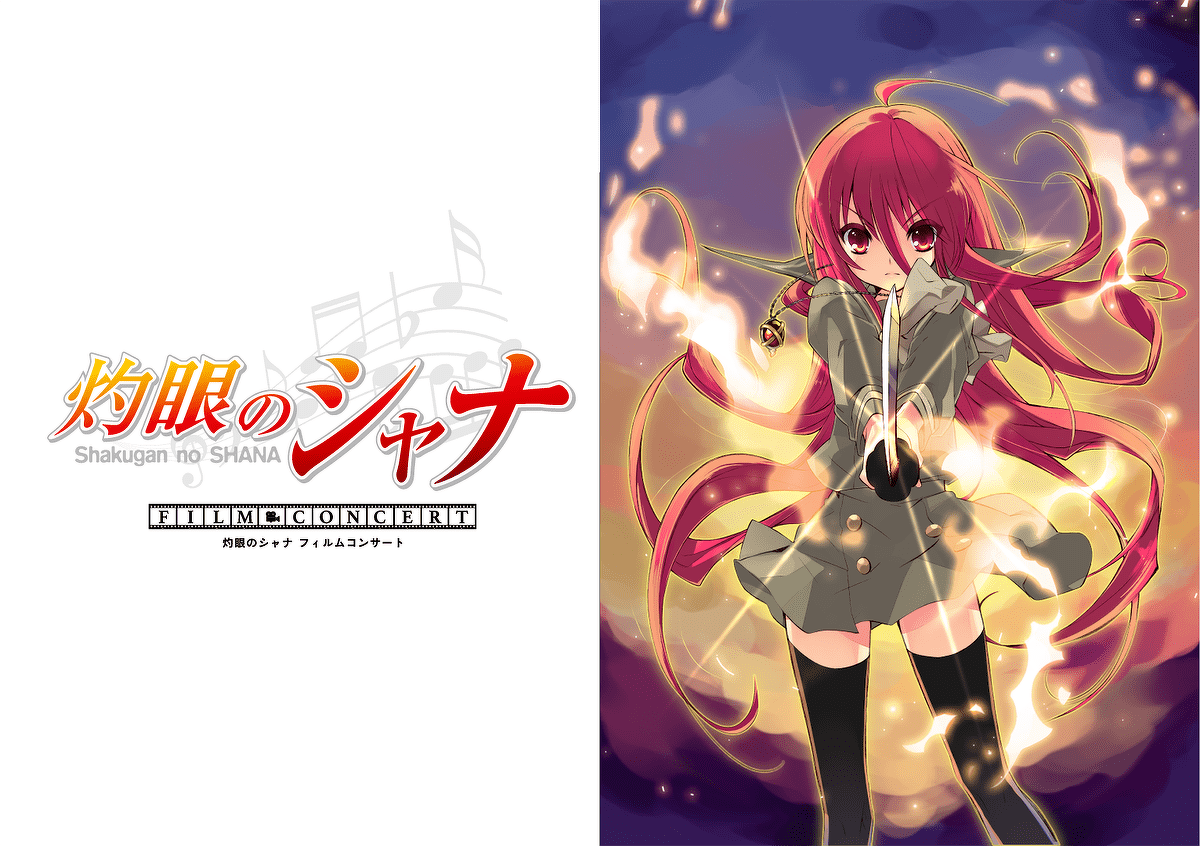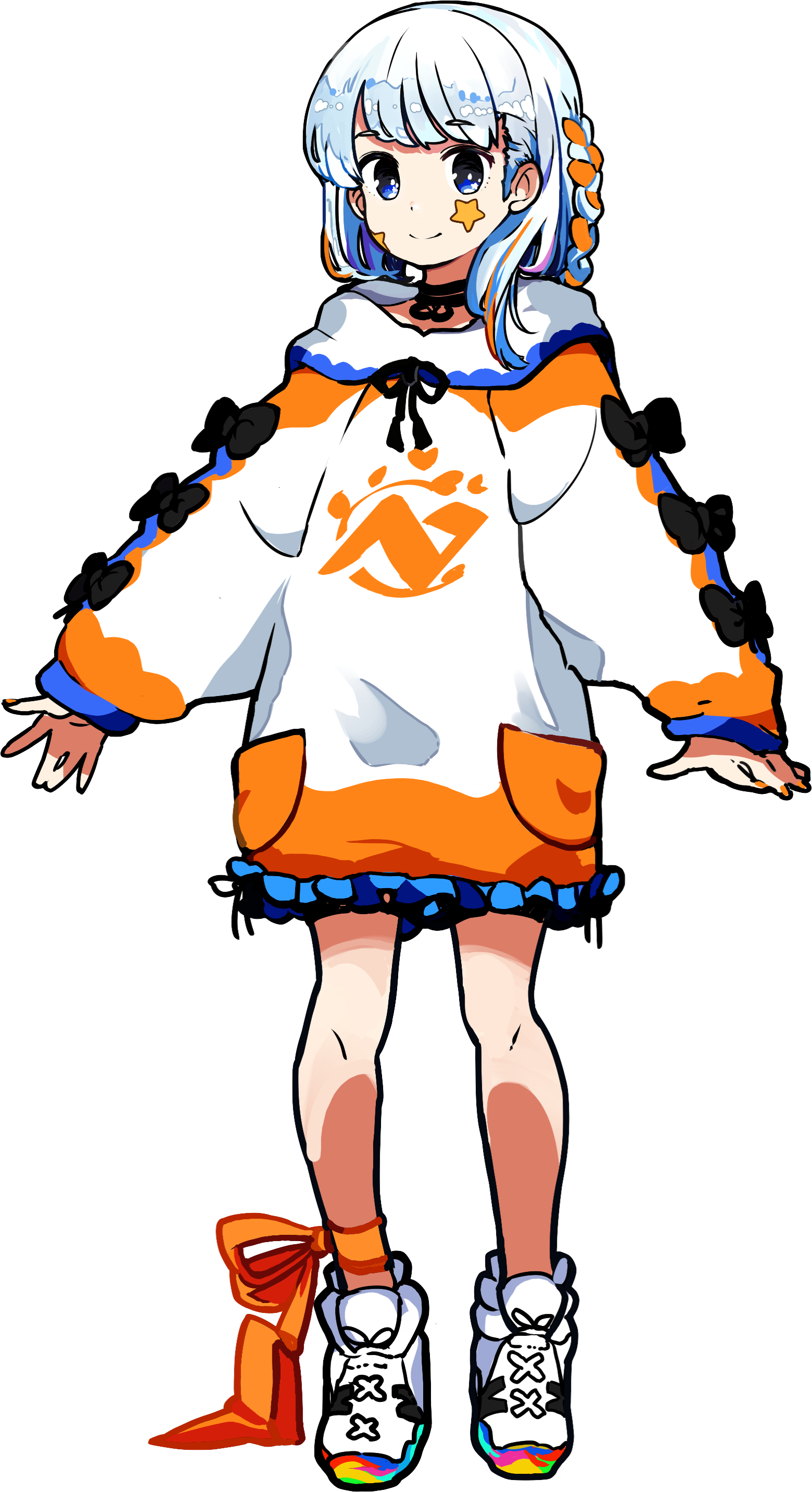“Full Metal,” “Shana,” “Black Rod”… Masterpieces of the Heisei era’s light novels are making a comeback one after another! What is the enduring allure that continues to shine?
- Category : Anime
- Tags: anime, Black Rod, Full Metal, lite novel, Shana

The notion that “the Heisei era is now a distant past” is a big lie. Works that supported the popularity of Heisei’s light novels, such as Shoji Gatoh’s “Full Metal Panic!” series and Yashichiro Takahashi’s “Shakugan no Shana” series, are making a resurgence, aiming to reintroduce their charm to the Reiwa era.
In the July 2023 issue of “Dragon Magazine” released on May 19th, fans of light novels and industry insiders were astonished by the breaking news of the revival of “Full Metal Panic!” The illustrations of the characters and the opening of a new story were featured, sparking excitement about what will unfold.
It all begins one day when a boy named Sousuke Sagara transfers to the Tachikawa Jinzai High School, where Kaname Chidori, a high school girl, attends. However, for some reason, Sousuke becomes fixated on Kaname and repeatedly engages in extreme behavior. In 1998, Shoji Gatoh introduced the first volume of the “Full Metal Panic!” series titled “Fighting Boy Meets Girl” (published by Fantasia Bunko). It amused readers with comedic depictions of Kaname being flustered by Sousuke’s war mania, where he would take out a handgun and detonate smoke bombs over trivial incidents at school.
Yet, the “Full Metal” series had a serious premise, with Sousuke being a highly skilled agent belonging to a secret mercenary organization known as “Mithril,” assigned to protect Kaname as part of Mithril’s mission. As the story progresses, a group seeking certain abilities possessed by Kaname emerges, leading to conflicts with Sousuke and Mithril. The narrative transforms into a grand SF action story that explores how humanity should confront a war that brings sadness to the world.
The meticulous military descriptions, focusing on Sousuke’s battles as he pilots the humanoid weapon “Arm Slave” to confront enemy attacks aimed at Kaname and threats to the world, attracted fans of light novels and real-robot anime to the work. “Full Metal Panic!” was first animated by Gonzo Digimation, then by Kyoto Animation and XEBEC, providing enjoyment for anime enthusiasts.
Kyoto Animation, in particular, drew laughter with the school comedy “Full Metal Panic? Fumoffu” and displayed its presence as a studio with the intense battles and serious drama depicted in “Full Metal Panic! The Second Raid.” The positive reception here sparked interest in their subsequent work, “The Melancholy of Haruhi Suzumiya,” ultimately solidifying Kyoto Animation’s brand. The “Full Metal” series truly transformed the anime scene in the Heisei era.
The series itself concluded with the two-volume release of “Zutto, Stand by Me” in 2010, where the circumstances threatening Kaname were resolved. Then, in 2011, the series concluded with the short story collection “Maji de Abunai Kyuushi ni Issho?” Thereafter, in a world set 12 years after those events, the “Full Metal Panic! Another” series was set in a stage where Melissa Mao and Kurz Weber, former colleagues of Sousuke in Mithril, established a private military company, and high school student Tatsuya Ichinose experienced the horrors of war. The series was written by Naoto Ogi, based on Gatoh’s original concept and supervision, but Sousuke was only hinted at, without making a direct appearance.
Now it’s different. With the setting of “approximately 20 years after the emotional climax,” the adult versions of Sousuke and Kaname, who has changed her surname to Sagara, are firmly present. Will it continue as a comedy, enjoying the gap of a battlefield mixed with everyday life, or will it evolve into a serious storyline reflecting the chaotic world situation? The question of whether Tessa is becoming even cuter also piques curiosity. Let’s wait for the appearance of the first chapter, which will be featured in the September 2023 issue of “Dragon Magazine.”
On the other hand, the “Shakugan no Shana” series is making a comeback after 11 years with the new installment tentatively titled “Shakugan no Shana SIV” (Dengeki Bunko) set to be released in 2023. The series revolves around a “Flame-Haired Burning-Eyed Hunter” who loves melon bread and wields a large katana called “Nietono no Shana,” making her reappearance in the Reiwa era.
Debuting with the award-winning work “A/B Extreme,” which received the 8th Dengeki Game Novel Award “Selection Committee Encouragement Award,” Yashichiro Takahashi published “Shakugan no Shana” in 2002. The story follows the battles of Shana, a girl belonging to a group of paranormal abilities users known as “Flame Haze,” who fights against the “Tomogara” creatures that devour human existence and the climactic clash between their respective forces.
Those consumed by the “Tomogara” gradually disappear and are forgotten by everyone, adding a tragic element to the story. Despite facing such tragedies, high school student Yuji Sakai remains preserved for certain reasons. Initially fighting alongside Shana, he later becomes a dramatic adversary that threatens the Flame Haze. This engaging development unfolds throughout the main story, which spans 22 volumes.
Throughout the series, various paranormal users with intriguing monikers, such as “Tenpa” Sydonay and “Supreme Throne” Hecate among the Tomogara, as well as “Elegy Chant” Margery Daw and “Thousand Changes” Wilhelmina Carmel among the Flame Haze, appear one after another, entwining in an enjoyable manner. The anime adaptation directed by Takashi Watanabe in its third season featured these characters with the voices of popular voice actors, creating an outstanding performance.
In 2011, “Shakugan no Shana XXII” was released, concluding the main story with Shana and Yuji finding a new place, followed by the broadcast of the third season of the anime the following year. A collection of short stories, “Shakugan no Shana SIII,” also marked the series’ finale. However, when “Dengeki Bunko MAGAZINE” ceased publication in May 2020, a new short story titled “Quiddity” was published, depicting the “afterwards” of Shana and Yuji, but many felt it was a farewell to the end of the series.
Therefore, with the release of the new installment, “Shakugan no Shana SIV,” the surprise and excitement among fans and the light novel industry are comparable to the continuation of the “Full Metal” series. Although it may comprise many side stories due to being a collection of short stories, fans will undoubtedly relish the joy of revisiting the beloved world. If illustrated by Itou Noizi as before, fans can reunite with the unchanging appearances of Shana and Yuji. The anticipation of the fans knows no bounds.
Indeed, there have been several “resurrections” in the world of light novels. Saneatsu Musha’s SF action series, “Wizards Brain IX,” made a comeback after 8 years and 4 months since the release of “Destruction Star (Part I)” with the subsequent releases of “Part II” and “Part III,” indicating progress towards the conclusion in “X.” Another example is the “Black Rod” trilogy and its sequels “Blood Jacket” and “Bright Lights Holy Land” by Hideyuki Furuhashi, which won the Grand Prize at the 2nd Dengeki Game Novel Award and have been republished together as “Black Rod [Complete Edition].”
Speaking of “Black Rod,” it stunned light novel readers, who were accustomed to fantasy-themed works, with its cyberpunk-style content set in a Japanese backdrop. The story unfolds with battles right from the beginning, featuring the “Gunbose” force distributing Numaqusaman bullets while reciting the Heart Sutra as a background. The main narrative involves an immortal vampire chasing after dangerous criminals while pretending to have a frivolous personality, surprising the readers with its unique blend of Japanese aesthetics and cyberpunk elements. This work can be considered as a foundation that laid the groundwork for the subsequent releases of “Full Metal Panic!,” “Shakugan no Shana,” and “Wizards Brain.”
Although it’s considered a “republishing,” this series has had a somewhat indie presence and might not be easily found in regular bookstores. However, the entirely black cover without any title or illustrations, along with the magical book-like binding with gold leaf processing on the top and bottom edges, gives it a unique and fitting appearance for the series. It’s a book that readers would be eager to obtain, even if they have to search for it.




No Comments